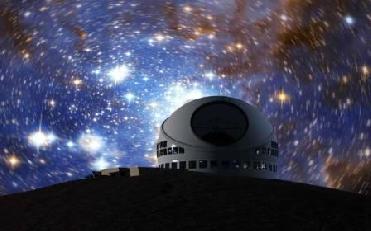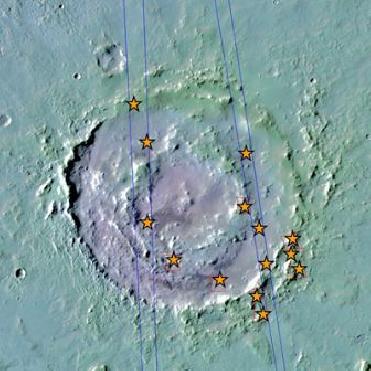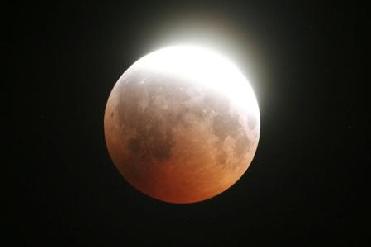
A rendering of what the Thirty Meter Telescope could look like when constructed on Mauna Kea, Hawai'i, or Cerro Armazones, Chile. TMT photo
WASHINGTON (PTI): India has joined as an observer in the ambitious astronomical observatory - Thirty Meter Telescope (TMT) - in Hawaii which will help in unravelling mysteries of black hole, origin of galaxies and formation of planets among others.
The status of an observer is first step by India in becoming a full partner in TMT which will be fully operational in the year 2018 and will be world's most advanced astronomical observatory, the statement from Project said.
Minister of Science and Technology Prithviraj Chavan announced the decision to join the project here, a statement from the Project which is scheduled to begin scientific operations in 2018 on Mauna Kea, Hawaii.
"The government and people of India recognise the importance of embarking on world-class, international science collaborations," the statement quoted T Ramasami, Secretary of the Department of Science and Technology as saying during the ceremony here.
"We believe the Thirty Meter Telescope will enable us to continue and expand our role as an international leader in technology development and fundamental research," he said.
The telescope will have a 30-meter segmented mirror which uses diffraction of light and focuses in much sharper way than smaller telescopes.
Such a large size of aperture will help it collecting more light thus generating much clearer and sharper images of fainter objects which may not be possible by present day scopes, the statement said.
The images generated by the telescope will be 12 times sharper than the Hubble Space Telescope. The images will be clearer than previous telescopes by a factor of 10 to 100 depending on the observation.
A look at these images will help the scientists to understand several key aspects of universe including the black hole formation, formation of galaxies, starting of the Universe and formation of first heavy elements in it.
This telescope has adaptive optics to correct for the blurring effect of Earth's atmosphere, it said.
The blurring effect refers to distortion of images received in a telescope resulting from bending of light as it passes through different surfaces of earth's atmosphere and is considered a major problem in observatories located on Earth.
Chairman of the TMT board and Chancellor of the California University Henry Yang also welcomed Indian participation calling terming the country as "well recognised" and "respected" in the field of basic research.
"As part of TMT, India will be an integral part of the next generation of astronomical research. We welcome their collaboration on this exciting project," he said.
"As an Observer, we can now begin exploring the specific areas where India can contribute to the project and look forward to their becoming a full partner with a formal agreement and commitment for funding," Edward Stone Vice-chair of the TMT board said.
 Previous Article
Previous Article Next Article
Next Article













The Indian Air Force, in its flight trials evaluation report submitted before the Defence Ministry l..
view articleAn insight into the Medium Multi-Role Combat Aircraft competition...
view articleSky enthusiasts can now spot the International Space Station (ISS) commanded by Indian-American astr..
view article